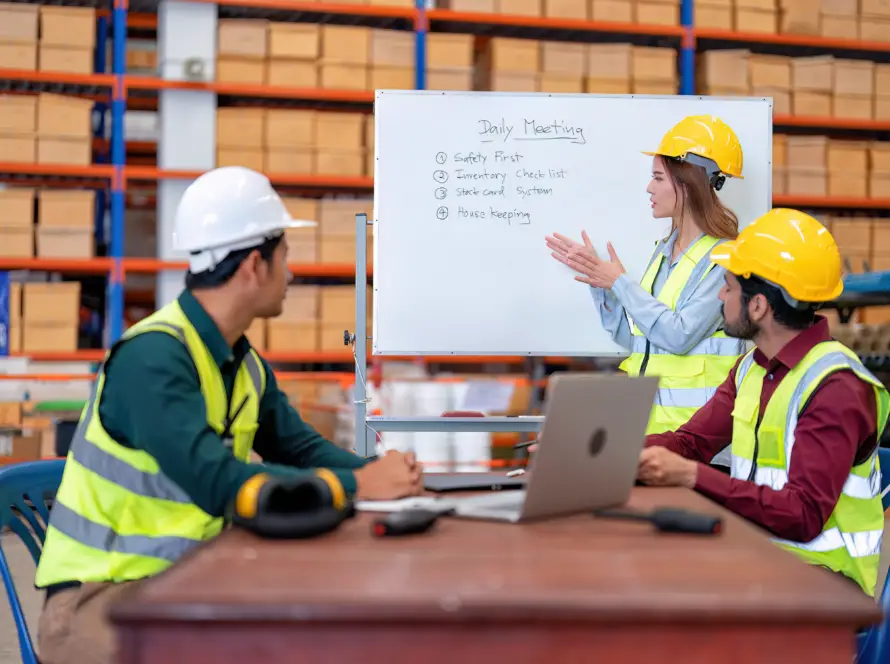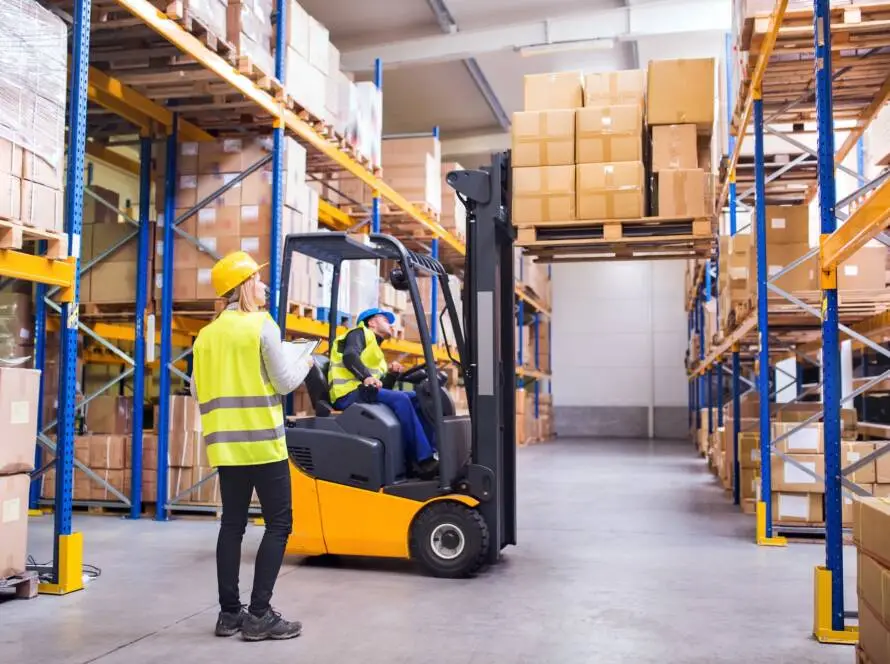Road construction in Australia is an ever-evolving field, with numerous projects aimed at improving connectivity and safety across the nation. As these projects ramp up, the safety of the workers who diligently construct our transportation networks becomes paramount. This article explores the essential safety measures that should be in place for road workers, with a focus on innovative technologies like Pedestrian Detection Systems (PDS).
Safeguarding Workers in Road Construction
Road construction involves various complex tasks, such as excavation, paving, and line marking, all of which demand careful planning and execution. Amid the dynamic environment of construction sites, worker safety remains a top priority. According to Safe Work Australia, the construction industry has one of the highest rates of workplace injuries, highlighting the need for rigorous safety measures.
Key Protective Measures for Road Workers
To reduce the risks associated with road construction, several protective measures should be implemented:
- Personal Protective Equipment (PPE): Workers must wear appropriate PPE, including high-visibility clothing, hard hats, and steel-toed boots, to ensure they are visible and protected from potential hazards. These items need to fit properly, be suitable for the type of work and be effectively maintained.
- Traffic Management Plans: Developing comprehensive traffic management plans is crucial. These plans should include the use of signs, barriers, and flaggers to control traffic flow and keep pedestrians and vehicles away from dangerous areas.
- Training & Education: From site inductions, to toolbox talks and formalised sessions, training is essential. This can cover a myriad of topics including: safe behaviour on site, new hazards being introduced and reminders of the correct PPE.
- Pedestrian Detection Systems (PDS): Cutting-edge technologies like PDS are becoming increasingly important in road construction. These systems use artificial intelligence to detect pedestrians near heavy machinery and provide real-time alerts to operators, significantly reducing the risk of accidents.
Advanced Safety Technologies in Road Construction
Road construction sites are often bustling with heavy machinery and workers in close quarters. Innovative safety technologies can greatly enhance worker safety:
- Pedestrian Detection Systems (PDS): PDS employs AI-powered cameras to monitor construction sites continuously. These systems distinguish between humans and objects, providing instant alerts to machine operators when someone enters a pre-defined detection zone. These zones are based on relevant exclusion zones around machines or hazardous areas. This technology helps prevent incidents and enhances overall site safety.
Additional Benefits of Pedestrian Detection Systems
Integrating Pedestrian Detection Systems into road construction offers multiple advantages:
- Increased Safety: By delivering real-time alerts to operators, PDS helps prevent incidents involving pedestrians and personnel. AI cameras reduce false alarms, ensuring that only genuine threats trigger alerts.
- Enhanced Productivity: With robust safety measures in place, workers can focus on their tasks without constantly worrying about potential hazards, leading to improved productivity and efficiency.
- Cost Reduction: Preventing collisions and incidents through PDS can save substantial costs related to medical treatments, workers’ compensation claims, and project delays.
Additional Safety Measures and Innovations
Beyond the primary safety measures, incorporating advanced practices and emerging technologies can further enhance the safety and efficiency of road construction projects:
- Automated Traffic Control Systems: Implementing automated systems to manage traffic can reduce human error and increase safety. These systems include smart traffic signals, real-time monitoring, and automated alerts for approaching vehicles.
- Remote Monitoring and Drones: Utilising drones and remote monitoring tools provides real-time data on construction sites, enabling quick responses to potential hazards and better resource management.
- Wearable Safety Technology: Equipping workers with wearable devices that monitor health metrics and detect fatigue can prevent accidents caused by physical or mental strain. These devices can also track workers’ locations to ensure they remain in safe zones.
- Sustainable Construction Practices: Using eco-friendly construction materials and methods not only benefits the environment but also creates safer work conditions. For example, noise-reducing materials and dust suppression techniques contribute to a healthier work environment.
As Australia continues to expand its road infrastructure, ensuring the safety of road construction workers is essential. By adopting advanced protective measures such as Personal Protective Equipment, comprehensive traffic management plans, and innovative technologies like Pedestrian Detection Systems, we can create safer and more efficient work environments. Embracing additional safety innovations and sustainable practices will further safeguard workers, ensuring the continued development of the roads that connect our communities.



